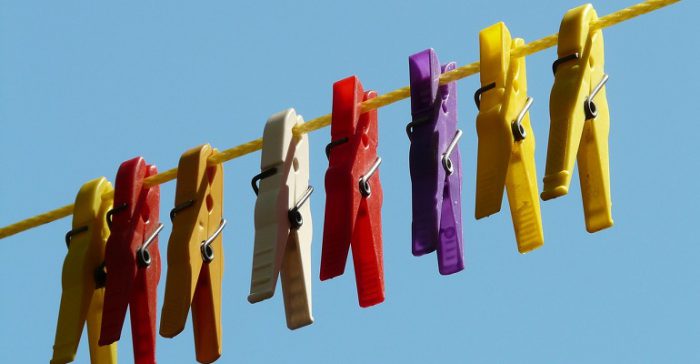Go Green, Save Green: Sustainable Laundry Operations
Facility Executive, April 19, 2016. Image credit: Hans
According to the Environmental Protection Agency, businesses and other institutions account for 17 percent of water taken from public water supplies in the United States. They also generate 45 percent of the U.S. green house gas emissions. Nevertheless, healthcare, hospitality, and other industries have done a great deal to reduce their energy and water usage—that’s clear from the proliferation of Energy Star ratings and low-flow toilets in these environments.
But there are more resource and financial savings to be had. Finding them requires a close look at laundry operations. It’s worth the time—16 percent of the water used in hotels and 9 percent of the water used in hospitals is used for laundry. Though restroom and other domestic purposes use more water, laundry is a far more viable target for water and energy savings. Some green initiatives add costs; for example, compostable flatware is pricier than its plastic cousin. But making laundry operations more efficient serves to generate savings in the long run. You just need to know where to look.
Properly equipped and functioning, a laundry can use very little water and energy to wash, dry, and iron linens and other items. A sustainable laundry operation requires less water, electricity, natural gas, and other supplies to properly serve a facility’s needs than a traditional laundry. It also allows for reusable textile products and careful management of inventory carefully to maximize linen life.
But improving laundry operations is no small task—where to start? Simple operational solutions can make an on-premise laundry (OPL) run more efficiently:
- Start by monitoring water usage and take note of any fluctuations.
- Monitor and conduct maintenance on equipment to ensure it is operating properly and efficiently.
- Add a scale to the OPL. Weighing loads ensures laundry staff is adding enough linen to each load, which ensures they are running full loads. This uses water more efficiently.
But not every business can afford to make that investment in equipment and labor. When many facilities examine the financial cost of their laundry operations, they consider the direct, immediate costs like labor, chemicals, supplies, and the initial cost of equipment and linen. However, peripheral costs add up: water and energy, pollution mitigation, maintenance and repairs, equipment depreciation, linen replacement, insurance and workers’ compensation, management costs, etc.
That’s one of the reasons outsourced services are becoming more and more common, particularly in the healthcare industry. Laundry has become the number one outsourced operation in the healthcare space. Hospitality isn’t far behind—95 percent of hotels in the U.K. outsource their laundry operations and U.S. hotels are beginning to follow suit, as labor and equipment replacement costs continue to rise.
